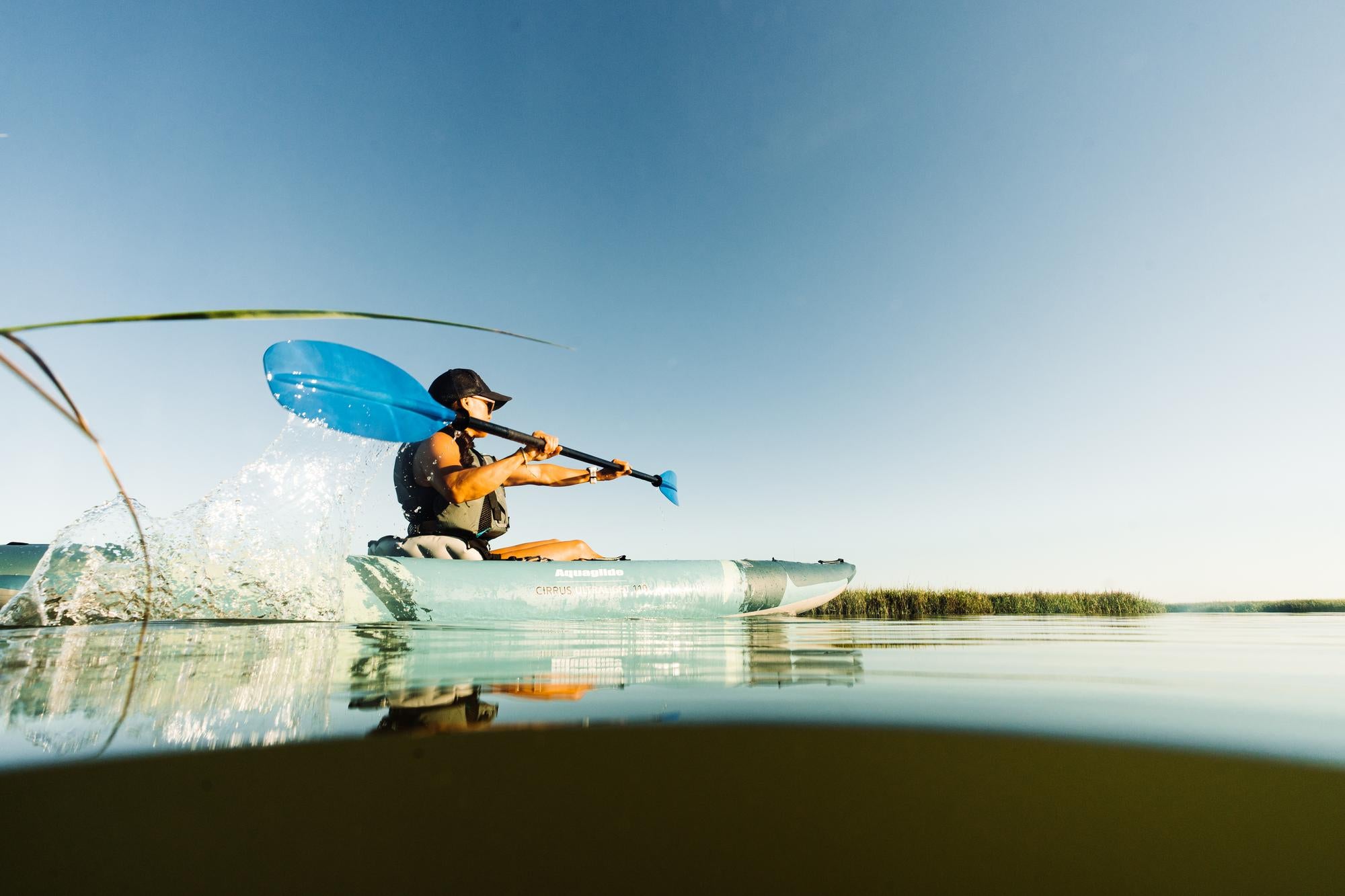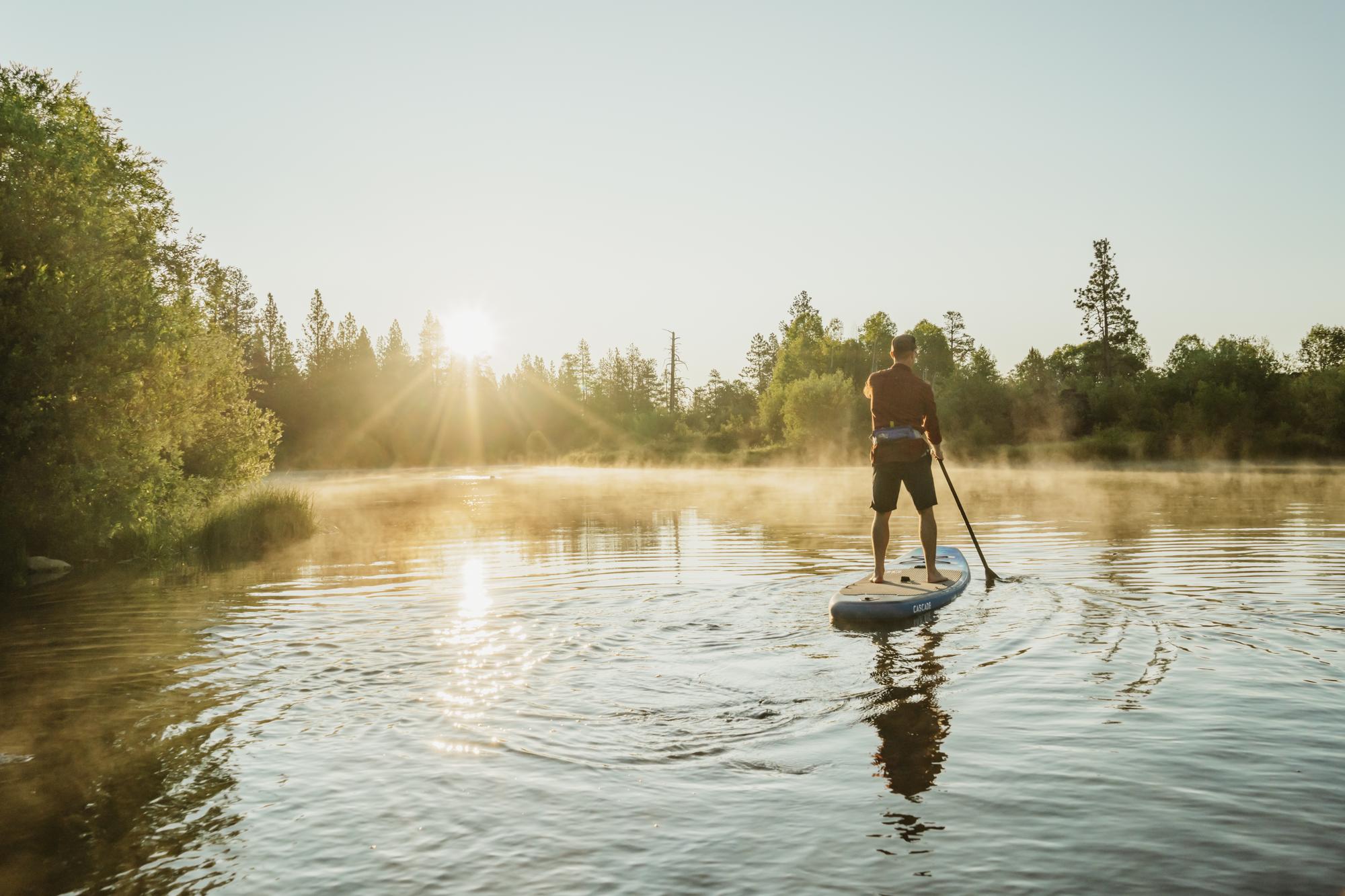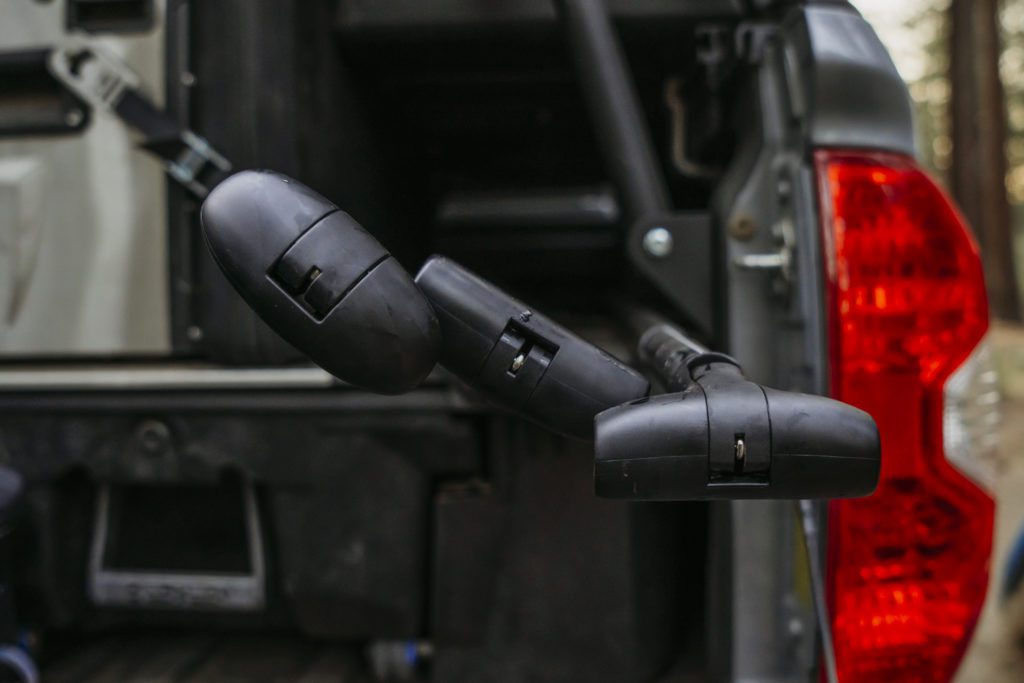3 Ways to Stay in Paddle Shape in the Off-Season
The sport of kayak touring or stand up paddle boarding is an excellent, standalone exercise. But what happens in the “off-season”, when you’re not actively out on the water as much? Put the time and effort in during these winter months, and by spring when it’s time to get back on the boat or board, you’ll feel better and more prepared than ever. Read on for three fundamental ways to stay in paddle shape during the off-season.
Cross-Training
Kayaking and SUPing both help to develop strength, endurance, flexibility, and balance. Not only do they offer excellent cardiovascular benefits, they strengthen the heart and help keep the body tone and fit, all while enjoying mother nature and having fun. Even if you are actively paddling during the off-season, it is a good idea to cross-train to help strengthen common muscles used to avoid injury. Go for a run. Head out for a bike ride. On even the coldest of days, get yourself out for a walk. Your body will thank you for moving. And your paddling skills will inevitably feel a whole lot greater once back on the water.
Strength Training
Common injuries of paddlers include rotator cuff damage, carpal tunnel syndrome, and tendonitis. Take the time while on land to strengthen those areas on your body that get the most use and work the hardest. Strength training helps to build muscle tissues to give you more power in your strokes. Endurance is lengthened and strengthened, while muscle coordination, balance, and awareness are all being tested.
The following are helpful workouts to keep your body moving and strong while not on the water:
- Core Workout: A rotating medicine ball v-sit helps to target the obliques by mimicking the rotation of paddling.
- Leg Workout: Paddle Squats for the win! These work out your hamstrings, quads, glutes, and calves, and are actually fun to do with a paddle in hand.
- Chest Workout: It’s a classic, but the push-up remains one of the best exercises for gaining chest strength. Not to be confused with a bench press, the two exercises work well together for an effective chest workout.
- Arms Workout: A rotating uppercut works the upper body, simulating the strength and balance needed for paddling.
- Back Workout: The plank row helps to strengthen your back, core, and shoulders for stability and increased pulling power.
While this list is not all-inclusive, these few workouts serve as a solid starting point for your off-season strength training.
Stretching
One of the most often-overlooked areas of maintaining strength and a healthy body is stretching. Stretching is sometimes more important than the hard work itself, which lends to active muscle recovery, happy ligaments, and lean muscles. While paddling is a relatively low-impact sport, it’s always a good practice to prevent pain and injury. Doing a warm-up, stretching your neck muscles, torso, legs, and both wrists and ankles is key before and after any workout. If you have any injuries, stretching not only makes them feel better, but adds to the healing process (per doctor’s orders, of course).
Here are some of our favorite stretches for paddlers:
- Neck Rolls: This one is simple, but fundamental to good posture and reliving neck tension. Simply roll your head slowly in a circular motion, both clockwise and counter-clockwise.
- Low Lunge: Help open your hips and build flexibility in this oft overlooked area with some classic low lunges.
- Wrist stretch: Stretch your arm straight in front of you, flex your hand into a "stop" motion, and with your opposite hand pull your fingers towards your chest.
- Shoulders: "Thread the Needle" yoga pose is a phenomenal shoulder stretch. For an explanation of this pose and other yoga poses for paddlers, visit GoEast.
A good stretching, cross-training, and strength training program will keep you on the water longer and often, and with a whole lot of fun times ahead. Take advantage of the off-season and stay in paddle shape with these three fundamental building blocks.




